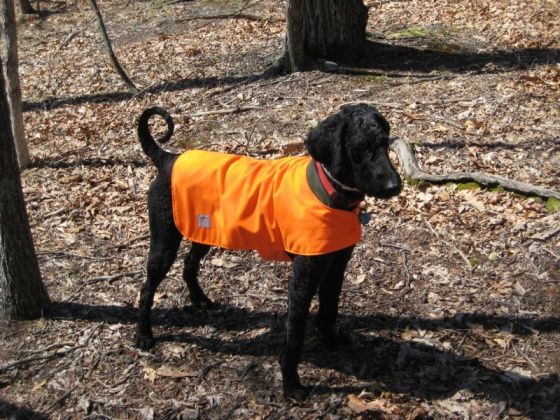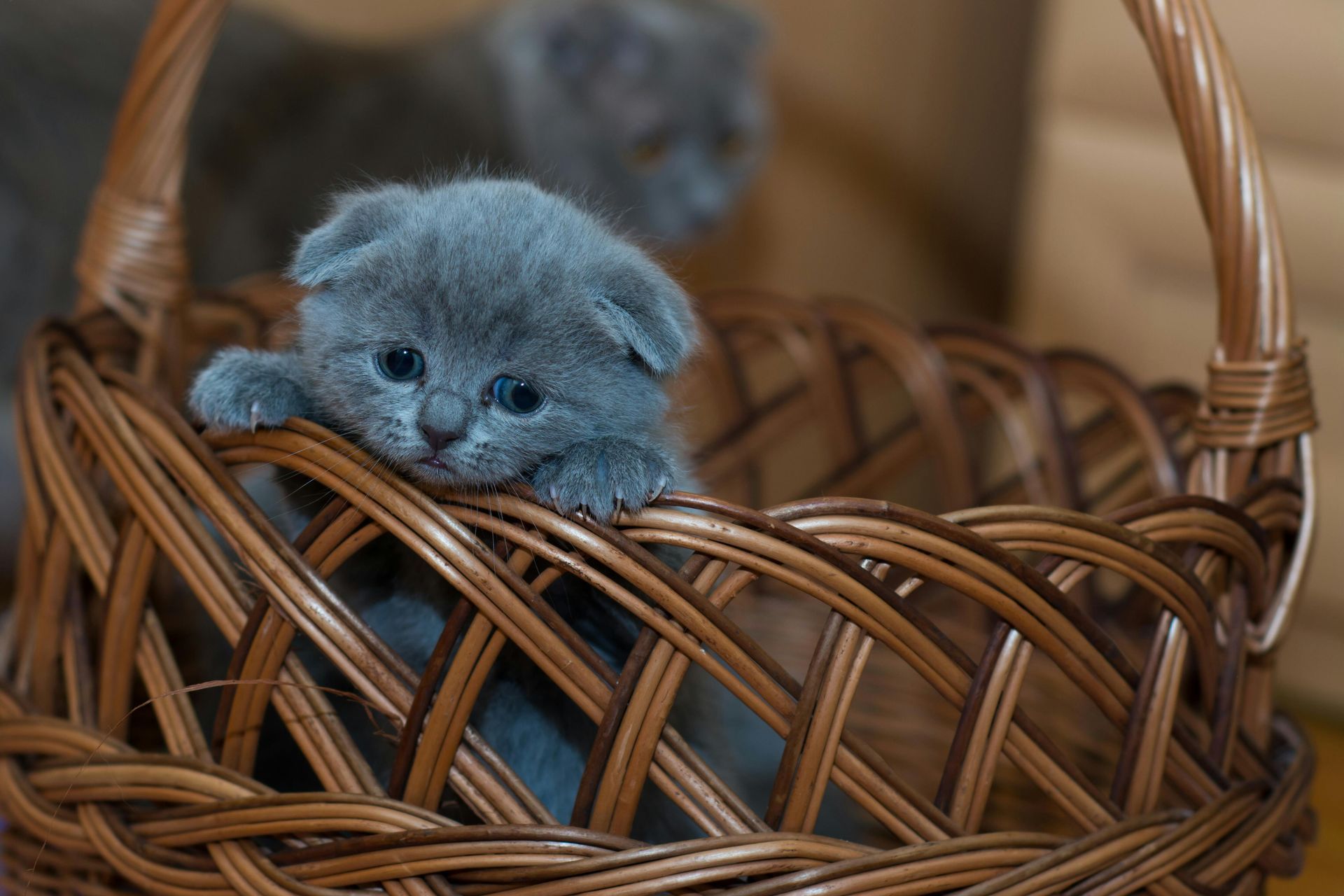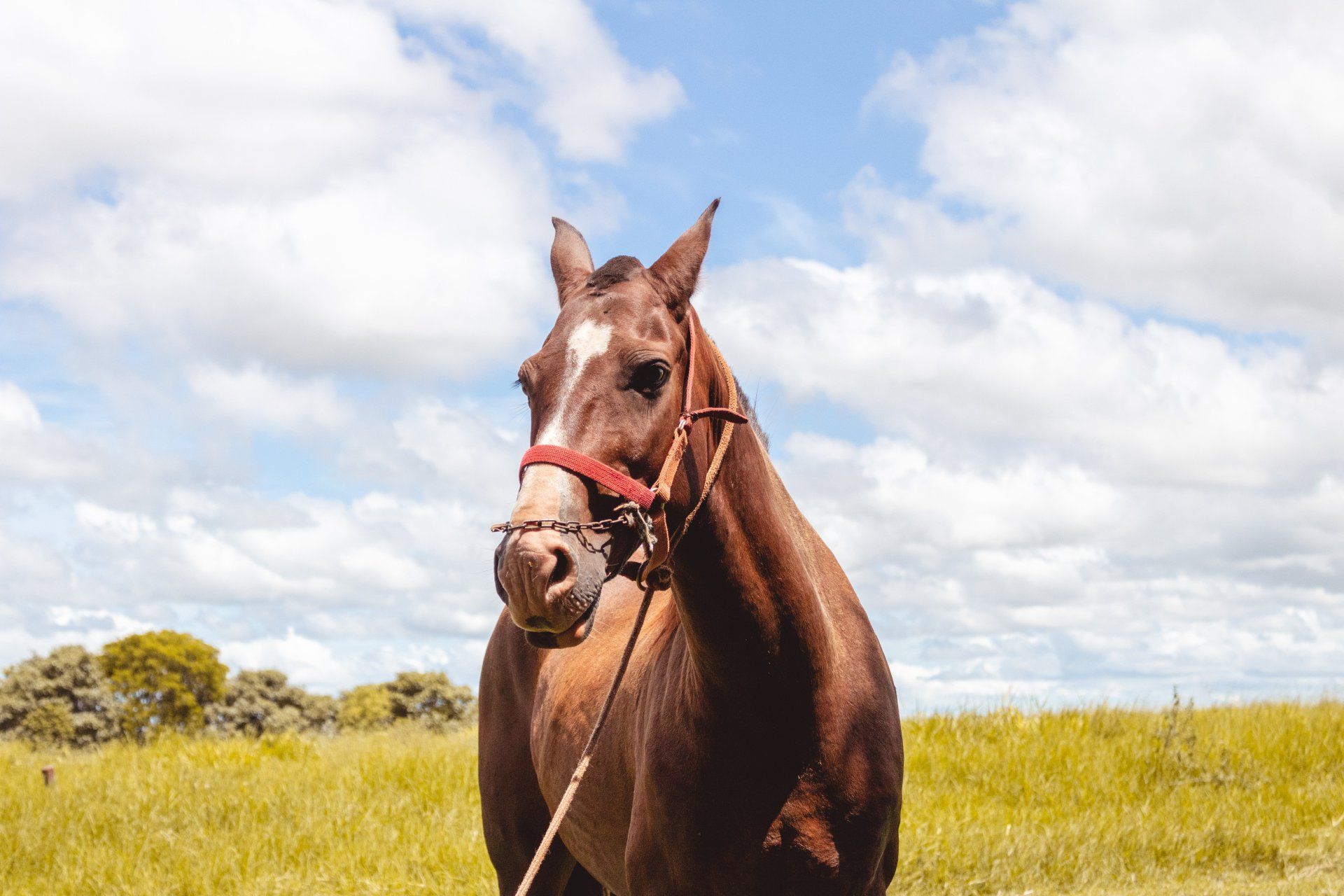Pet Safety During Hunting Season
Pet Safety during Hunting Season
As that calendar turns to October, we enter into a time of year that can be a very dangerous time for pets: Ohio hunting season. There are many hunters and hunting areas in an around Akron, Barberton, Norton, Rittman, Wadsworth and the surrounding areas of Summit and Stark counties. Even though one of the most basic fundamentals of hunting is to identify and know the target before actually shooting, mistakes and accidents happen.
Though there are many hunters in the area, there are also many non-hunters. Non-hunters are often not aware of the timing of hunting seasons. Below is a chart of common Ohio hunting seasons. Most Ohio hunting seasons run during the fall and winter (IE: Bow, Muzzle loader, Rifle or Shot gun). It is not simply safe to assume all hunters follow the rules and guidelines.
- Squirrel: September 1st, 2013 - January 31st, 2014
- White-Tailed Deer: September 28th, 2013 - February 2nd, 2014
- Turkey (Fall): October 14th, 2013 - December 1st, 2014
- Turkey (Spring): April 21st, 2014 - May 18th, 2014
- Grouse: October 12th, 2013 - January 31st, 201
- Rabbit: November 1st, 2013 - February 28th, 2014
- Pheasant: November 1st, 2013 - January 15th, 2014
- Quail: November 1st, 2013 - December 1st, 2013
- Fox/ Raccoon/ Skunk/ Weasel/ Possum: November 10th, 2013 - January 31st, 2014
- Coyote/ Wild Boar: No Closed Season
- Groundhog: All year except November 23rd, 2013 to December 8th, 2013
There are many areas that are open to hunting, as well as numerous areas where hunting is excluded. Unfortunately, some hunters have been known to proceed into non-hunting areas despite the posted warning signs.. If you live in a developed areas on the outskirts of Akron, Medina, Rittman, Norton, Copley and Kenmore; check on your pet often if they are outdoors for any length of time. In the more rural areas, it is safest to use a leash or run to prevent your pet from running loose or escaping during a walk. Some dogs are frightened by loud noises and may get easily frightened by a loud gunshot nearby. This may be enough to scare them into running away if not contained.
Like Hunters, pets can wear protective gear, such as colorful bandanas, fun sweaters, a bell or a fluorescent collar. Many collars come in bright colors, such as the well-known “hunter Orange.” This helps to identify your pet as a non-game species very readily, hopefully preventing the chance of an accidental injury. If you should happen to see or hear a hunter while out and about with your pet, try to make it known you are in the area. It is simple to speak up or blow a whistle periodically to alert the hunters to your presence.
For our hunting dogs, extra precautions need to be made. First and foremost, each hunting animal should have a thorough, healthy pet examination prior to the hunting season. It is imperative that you have the dog examined by your veterinarian to insure that they are healthy enough to take on the activity involved in hunting. Just like the human hunter, hunting dogs should also wear protective gear. “Hunter orange” vest, and reflective collars.
At Akron Barberton Veterinary Clinic, we are always striving to provide information to keep pets safe. While this article is not intended to be a discussion in favor or against hunting activities, we recognize the fact that hunting is a popular past-time in out area. We are here to help should an injury occur. After hour emergency veterinary services are available through our Orrville Veterinary Clinic location by calling (330)682-2971.
Article Submitted by: Becki Steele













